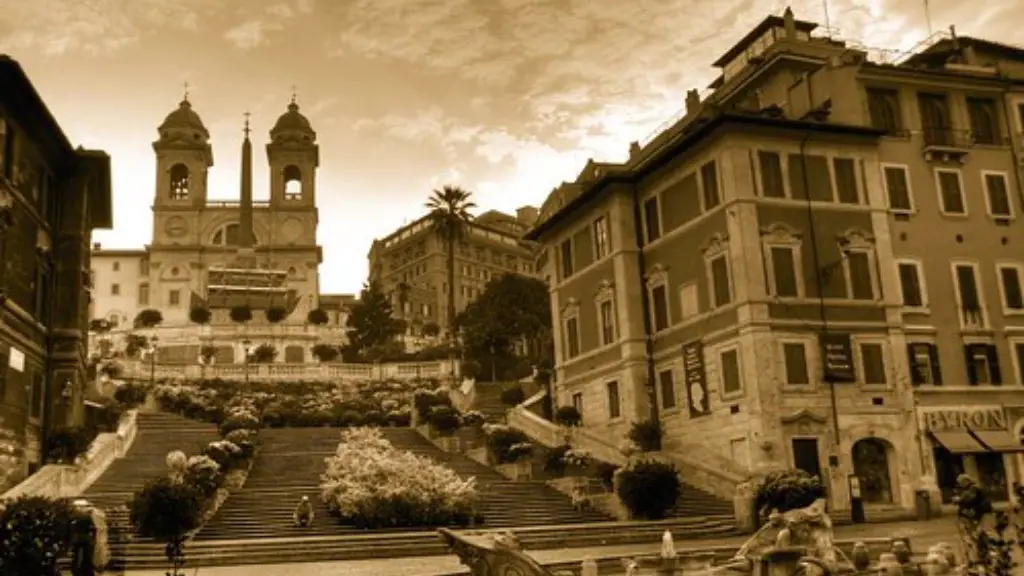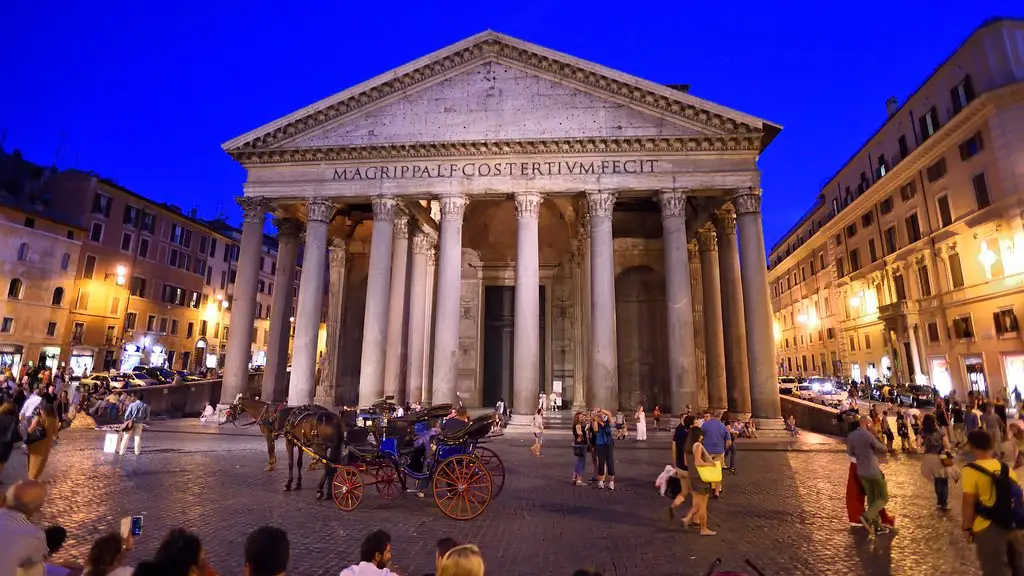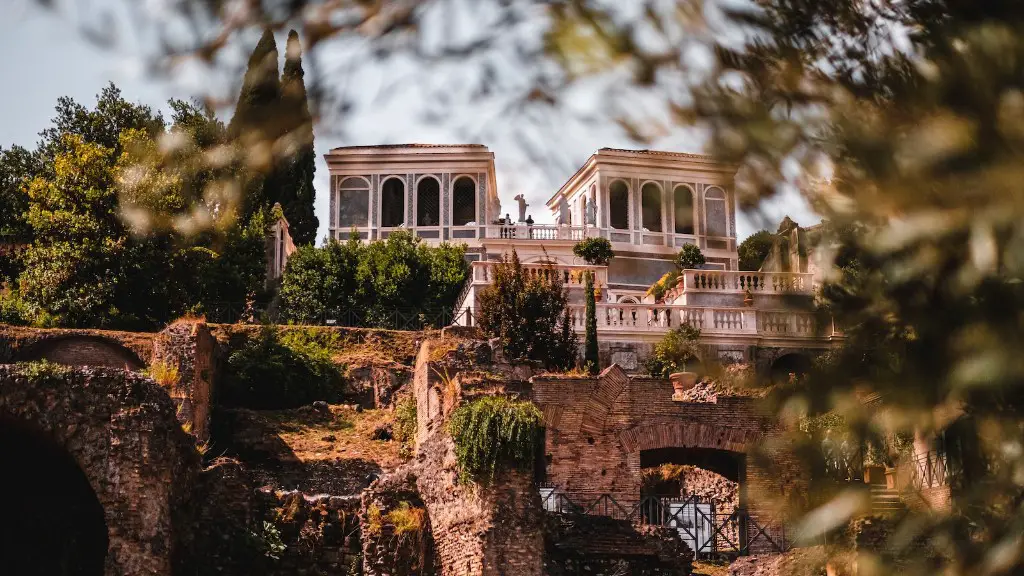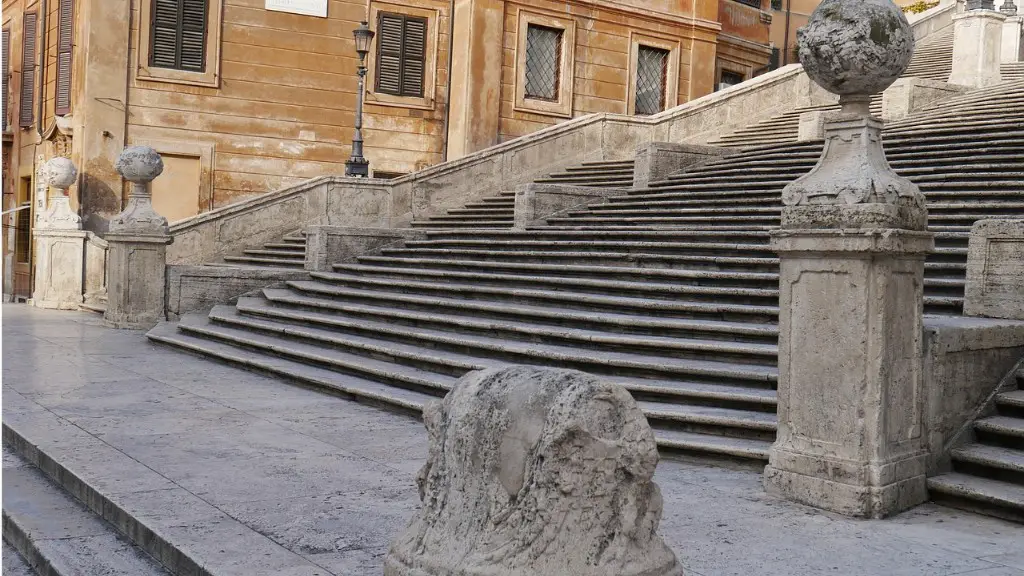Peasants in Ancient Rome
A large portion of Ancient Roman society – and one that was at the base of the immense power held by the Roman state – consisted of rural peasant farmers, whose labour was the key to feeding the majority of the population. Here, we look specifically at what is sometimes referred to as the ‘peasantry’ in Ancient Rome, who they were and their place in the social order.
At the heart of Roman society were two classes – patricians and plebeians – defined by their wealth and level of authority or power. The majority of Roman people, though, belonged to neither of these and were instead regarded as something of a ‘third class.’ Most fell into the category that we now call ‘peasantry’ – a group of smallholders or labourer farmers who made up the vast majority of the population, supplying Rome with a ready source of food, labour and resources.
These peasants worked small portions of land, which were commonly owned by the patrician class, the landed aristocracy of Ancient Rome. Taking up hard-working jobs such as tenant farmers, shepherds, slaves and miners, they formed the basis of the army and paid taxes that fuelled the Roman state. The Roman Empire could not have functioned without them and they were considered vital to society.
Due to their low socio-economic status, Ancient Roman peasants received few rights and privileges as well as having limited access to education, other rights and justice. They were further discriminated against by Roman law. This institution did not differentiate between ‘free peasants’ (those who had not been enslaved) and slaves, meaning that those fortunate enough to be born free had only small rights compared with the wealthy patrician class.
Despite this, peasants’ lives were by no means static, with some managing to rise in social standing, especially if they preformed military service. This advancement in status was possible for those with some form of education or wealth, yet for the majority of Roman peasantry, their place in society largely remained the same.
The Working of Roman Peasants
Given the size of the land under their care, most Roman peasants worked small farms – producing and trading food locally. Most of their produce was cereal, providing enough to sustain their own families and any slaves they employed. This remained the same until well into the Imperial period of Rome.
Agricultural techniques used by Roman peasants were also pretty basic, employing tools such as a mattock (a shovel-like attachment to a stick) as well as the use of animals to assist with the ploughing of land. These methods were indigenous to the Mediterranean and remained in use until well into the Middle Ages. On a larger scale, many of Rome’s large estates were worked with slaves, although much of the peasantry still produced their own grains and sold the excess surplus in local markets which was then taken to Rome’s city centre.
Peasants in Ancient Rome were not particularly well off and as such, most had to work very long hours to make ends meet. This level of subsistence farming also led to a certain sense of insecurity among the peasantry, as it was often hard to ensure that enough produce was available to sell and trade.
This led to some seeking supplemental income or part time work elsewhere such as in the manual trades. In Ancient Rome, labour was plentiful and certain skills were still in great demand. Carpenters, stone-masons and potters could supplement their incomes with relative ease, as could those that had been trained in military service.
Urban Dwelling Peasants in Rome
In the more urban areas, the peasantry of Ancient Rome still existed, albeit in a much less rural environment. In the case of Rome itself and other large cities, the peasants often became slave labourers. As Rome’s population expanded to accommodate a growing number of citizens, so too did the number of salves, who were commonly bought and sold for various roles or to work as manual labour in large estates.
Urban areas also provided a certain amount of security for the peasantry. As a result of the population growth, there was a greater demand for food among the cities, which often led to grain shortages. As such, many peasant farmers took up residence in the cities, where they could better access to the markets and find more consistent outlets and better prices for their produces. This led to the development of ‘artisanal’ labour, where peasants on the outskirts of the cities worked as craftsmen and small-scale cultivators or hand labourers.
Roman urban poor were also increasingly required to provide goods and services, particularly those related to the production and trade of goods. Many of these occupations required some degree of skill and training, which most peasants were not granted. Nevertheless, some of them (especially those of the third class) were able to find a place in the artisanal economy, which in turn provided a much needed source of income for them.
The role of the urban Roman peasant should not be underestimated, as despite their low socio-economic status, these individuals still contributed to many aspects of life in the city. For example, the construction and upkeep of public structures either through the direct manual labour or by supplying builders with the necessary materials, such as wood and stone.
Peasant Life in Ancient Rome: Conclusion
Although often overlooked in the grand narrative of Ancient Rome, it cannot be denied that the peasantry were a vital component of the Roman state. They supplied the army with its men and food, formed the basis of the Roman economy and provided the labour force that built cleverly designed public spaces and edifices. Moreover, by building their lives within the city walls, they brought their own unique experience and perspective to the development of Roman civilisation, a legacy that we can still appreciate today.



